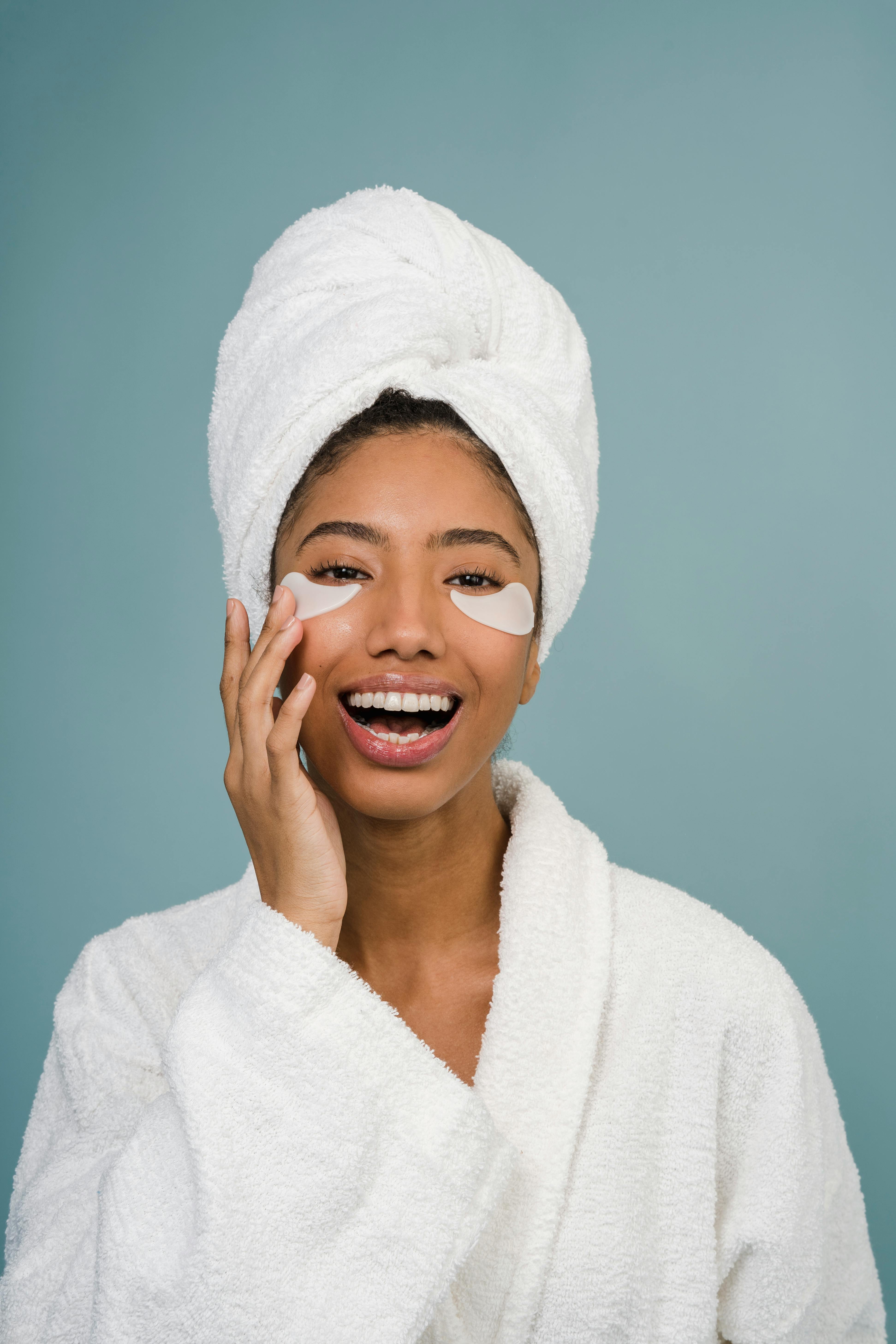Overcoming Eye Bags: The Modern Approach to an Age-Old Dilemma
Eye bags, those pesky under-eye bulges that seem to get more pronounced with each passing year, are a common cosmetic concern for both men and women. They are often associated with a tired or aged appearance, and many individuals go to great lengths to mask or eliminate them. However, despite their ubiquity, eye bags are often misunderstood. This article will delve into the causes of eye bags, explore the different treatment options available, and discuss the latest trends and advancements in the field of under-eye rejuvenation.

Understanding the Underlying Causes of Eye Bags
Eye bags, medically known as infraorbital fat prolapse, occur when the fat that normally cushions the eye within the socket bulges forward, creating a noticeable puffiness or swelling beneath the lower eyelid. Several factors contribute to the development of eye bags, including aging, genetics, lifestyle choices, and certain medical conditions.
As we age, the skin around our eyes becomes thinner and less elastic, making the underlying fat more prominent. Additionally, the ligaments and muscles that hold this fat in place can weaken over time, allowing it to protrude. Genetics also play a role, with some individuals being naturally predisposed to developing eye bags.
Lifestyle factors such as lack of sleep, high salt diet, smoking, and excessive alcohol consumption can exacerbate the appearance of eye bags. Certain medical conditions like allergies, sinusitis, and thyroid disease can also cause temporary or persistent under-eye swelling.
The Evolution of Eye Bag Treatment: From Home Remedies to High-Tech Solutions
Historically, the most common remedies for eye bags were simple at-home treatments such as cold compresses, cucumber slices, or tea bags applied to the eyes. These methods work by constricting blood vessels and reducing inflammation, providing temporary relief from puffiness. However, they do nothing to address the underlying causes of eye bags.
Over the years, the approach to treating eye bags has evolved significantly. Today, there is a wide array of options available, ranging from topically applied creams and serums to minimally invasive procedures and surgical interventions.
Topical treatments often contain ingredients like retinol, peptides, and hyaluronic acid, which can help to improve skin elasticity and reduce the appearance of eye bags. However, while these products can help to improve the skin’s appearance and texture, they are not capable of eliminating eye bags entirely.
Minimally invasive procedures such as dermal fillers and laser resurfacing have become increasingly popular in recent years. Dermal fillers can be injected into the tear trough area to smooth out the transition between the lower eyelid and the cheek, reducing the appearance of eye bags. Laser resurfacing can help to tighten and smooth the skin around the eyes, further improving the overall appearance.
However, the most definitive treatment for eye bags is still surgical intervention, in the form of lower eyelid blepharoplasty. This procedure involves removing or repositioning the protruding fat and tightening the skin and muscles around the eyes.
The Future of Eye Bag Treatment: Promising Innovations on the Horizon
Despite the wide array of treatment options currently available for eye bags, research and development in this field continue to innovate. One promising area of research involves the use of stem cells for under-eye rejuvenation.
Stem cells have the ability to differentiate into various types of cells and have been shown to promote tissue regeneration and healing. Early research suggests that stem cell therapy could be used to regenerate the skin and underlying tissues around the eyes, potentially offering a non-surgical solution for eye bags.
Another exciting development is the advent of non-invasive radiofrequency devices. These devices deliver controlled heat to the skin and underlying tissues, promoting collagen production and tissue tightening. Early studies suggest that these devices can significantly reduce the appearance of eye bags without the need for injections or surgery.
The Impact of Modern Eye Bag Treatments: A Boost in Confidence and Well-being
The physical impact of modern eye bag treatments is evident in the mirror: smoother, tighter skin and a more youthful, rested appearance. However, the psychological impact can be even more profound.
Many individuals who suffer from prominent eye bags report feeling self-conscious about their appearance, with some even avoiding social situations as a result. Effective treatment of eye bags can therefore have a significant positive impact on an individual’s confidence and overall well-being.
In conclusion, while eye bags are a common concern, the modern approach to treating them has never been more effective or diverse. From topical treatments and minimally invasive procedures to surgical interventions and cutting-edge research, there are numerous options available for those seeking to address this age-old dilemma. As always, it’s important to consult with a qualified healthcare professional to determine the most appropriate treatment plan for your individual needs and goals.




